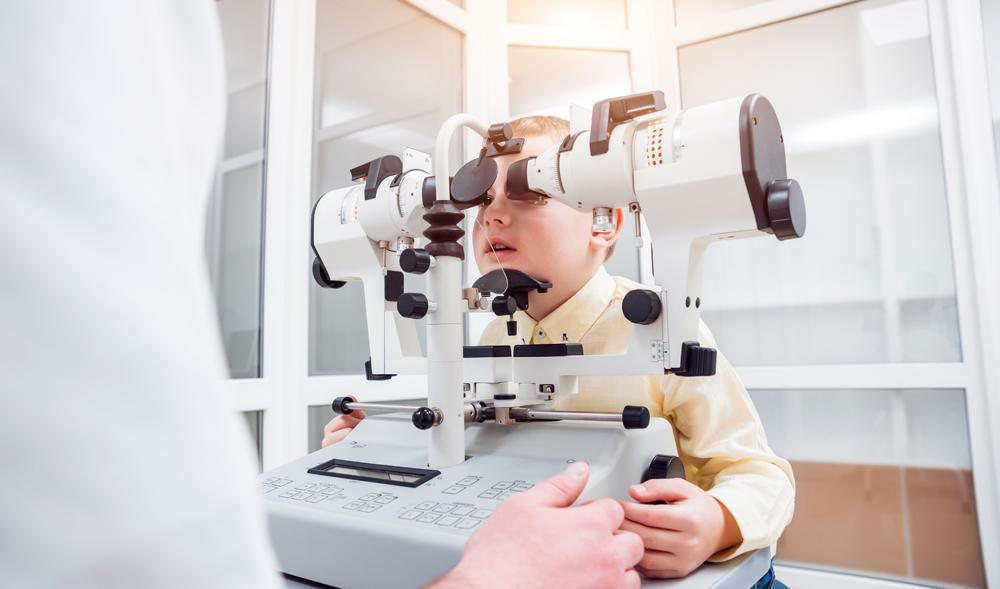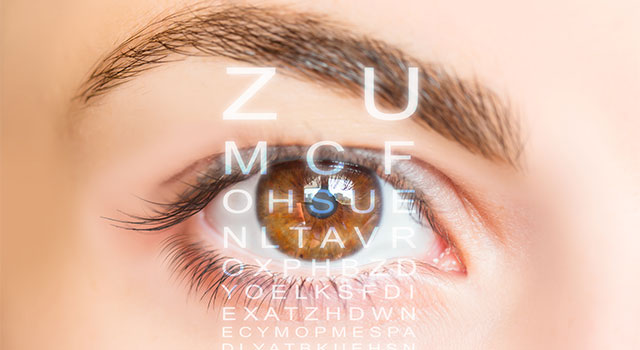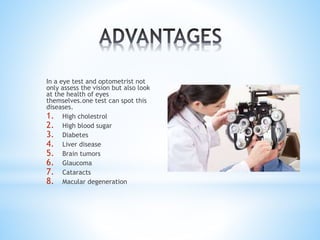Refractive Surgeries in AL: Improve Your Vision with Expert Care
Wiki Article
The Duty of Advanced Diagnostic Tools in Identifying Eye Disorders
In the world of ophthalmology, the application of sophisticated diagnostic tools has actually changed the early identification and monitoring of numerous eye conditions. As the demand for precise and prompt medical diagnoses continues to expand, the combination of advanced tools like optical comprehensibility tomography and visual field screening has come to be crucial in the realm of eye care.Relevance of Early Medical Diagnosis
Very early medical diagnosis plays a crucial duty in the effective management and treatment of eye conditions. By finding eye problems at a very early phase, medical care carriers can offer appropriate treatment plans customized to the specific problem, inevitably leading to far better end results for people.
Technology for Spotting Glaucoma
Advanced diagnostic innovations play a critical role in the early detection and monitoring of glaucoma, a leading cause of permanent blindness worldwide. One more sophisticated device is aesthetic area screening, which maps the level of sensitivity of an individual's aesthetic area, assisting to identify any kind of locations of vision loss feature of glaucoma. These innovative analysis devices enable ophthalmologists to diagnose glaucoma in its very early phases, permitting for prompt intervention and much better administration of the disease to prevent vision loss.Function of Optical Coherence Tomography

OCT's ability to measure retinal nerve fiber layer density permits for specific and objective measurements, aiding in the early detection of glaucoma also prior to aesthetic area issues become apparent. In general, OCT plays a vital duty in boosting the analysis precision and monitoring of glaucoma, inevitably adding to far better end results for people at threat of vision loss.
Enhancing Medical Diagnosis With Visual Area Screening
A necessary part in thorough ocular analyses, aesthetic field testing plays a critical role in enhancing the analysis procedure for numerous eye conditions. By evaluating the full extent of a patient's aesthetic area, this test provides essential details about the practical stability of the entire aesthetic pathway, from the retina to the visual cortex.Aesthetic area testing is particularly beneficial in the medical diagnosis and management of problems such as glaucoma, optic nerve problems, and different neurological diseases that can influence vision. With quantitative dimensions of peripheral and main vision, medical professionals can spot refined modifications that may show the existence or progression of these conditions, even prior to visible signs and symptoms happen.
this page
Furthermore, aesthetic field screening allows for the surveillance of treatment effectiveness, helping eye doctors customize restorative treatments to private people. eyecare near me. By tracking changes in aesthetic area performance with time, doctor can make educated choices about changing drugs, recommending medical treatments, or implementing other ideal measures to protect or boost a patient's visual feature
recommended you read
Taking Care Of Macular Degeneration

Verdict
In conclusion, advanced analysis devices play an essential function in recognizing eye problems early on. Technologies such as Optical Coherence Tomography and visual field screening have actually substantially improved the accuracy and effectiveness of identifying problems like glaucoma and macular deterioration.Report this wiki page